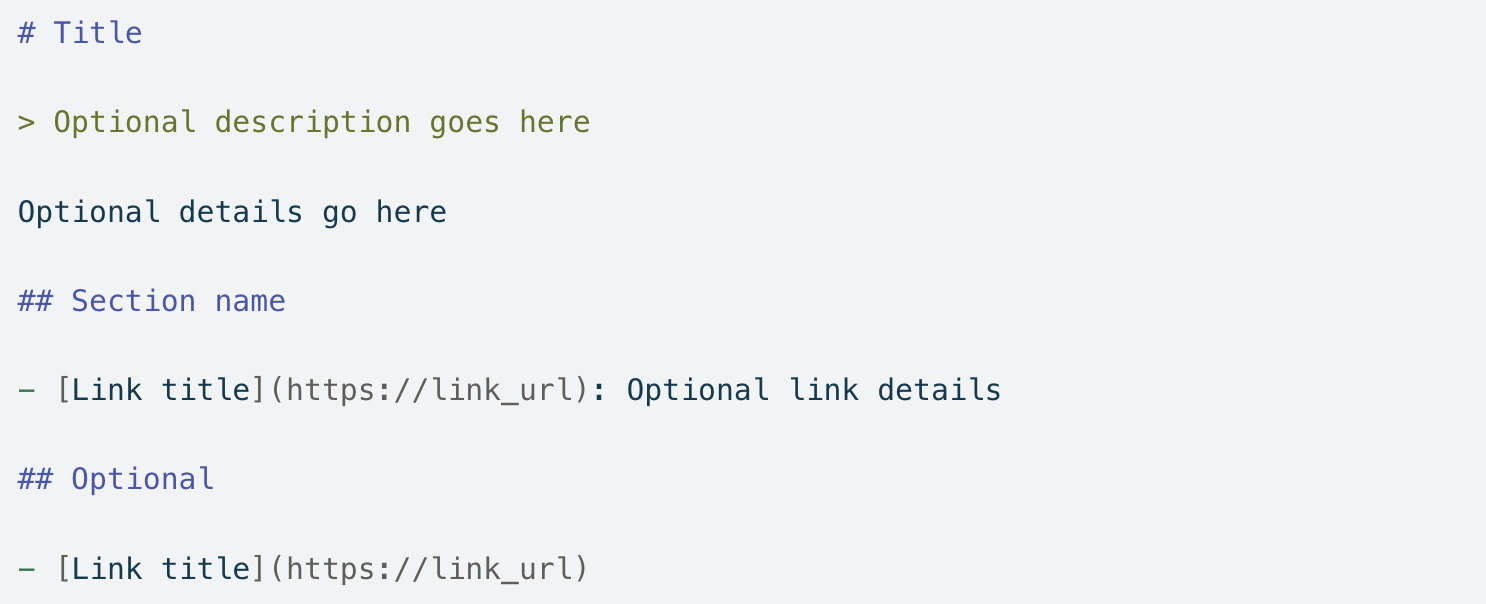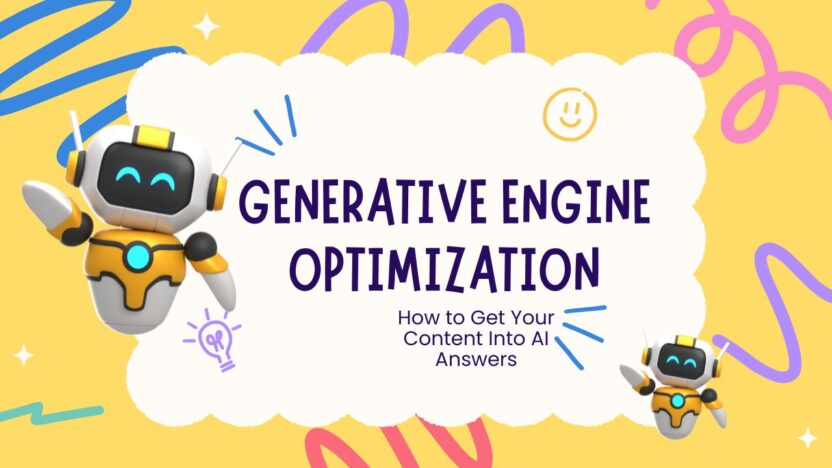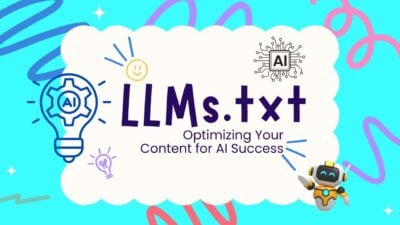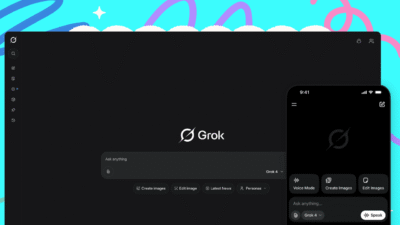The way people find information online is changing at lightning speed. For years, every website owner, blogger, and brand fought for one thing: a top spot in Google’s search results. Being on the first page, ideally in that coveted first position, was the ultimate win. But the landscape in 2025 looks very different.
Today, people are asking AI assistants like ChatGPT, Google’s AI Overviews (SGE), Microsoft Copilot, Anthropic’s Claude, and Perplexity for direct answers. They are not scrolling through ten pages of blue links anymore. Many never even reach a traditional search results page.
This shift creates a new challenge and a new opportunity. The question is no longer, “How do I rank on Google?” It is now, “How do I get AI to use my content in its answers?”
That is where Generative Engine Optimization, or GEO, comes into play.
What is Generative Engine Optimization?
Generative Engine Optimization is the process of making your content accessible, understandable, and appealing to large language models (LLMs) so they can find, interpret, and cite it when generating answers.
If SEO (Search Engine Optimization) was all about getting human clicks from search results, GEO is about getting mentions and citations inside AI-generated responses.
Put simply:
- SEO = Attract human clicks from a search results page.
- GEO = Become a trusted source that AI uses when answering questions.
With GEO, you are not just writing to impress human readers. You are also writing so that AI systems can easily identify your content as credible, structured, and relevant to the questions people are asking.
Why Generative Engine Optimization Matters in 2025
The rise of GEO is being fueled by several big shifts in how people search and consume information.
1. Search is now conversational
Instead of typing short keywords like “best hiking boots,” people are asking full questions like, “What are the best hiking boots for cold weather and steep trails?” AI tools are better at understanding and responding to these natural language queries than traditional search engines.
2. The answer happens inside AI tools
Many users no longer need to click a link. They get a complete answer right inside the AI interface. Unless your content is directly referenced or linked within that AI-generated response, you lose visibility.
3. AI trust determines visibility
LLMs are selective about the sources they use. If your content does not appear credible, is poorly structured, or lacks clear attribution, AI may skip over it entirely.
4. Early movers will dominate
Unlike SEO, which has been evolving for decades, GEO is still in its infancy. Brands that adopt it now can secure a long-term advantage before competition gets intense.
How to Optimize Content for GEO
Generative Engine Optimization is not about keyword stuffing or outdated link-building tricks. It is about making your content easy for both humans and AI systems to understand and trust.
1. Write for humans and AI at the same time
AI models favor content that is clear, factual, and well explained. Avoid fluff, overly complex jargon, and vague statements. If a human can read your content and quickly understand it, there is a higher chance AI will use it as well.
Tips:
- Answer questions directly before elaborating.
- Use plain language where possible.
- Explain technical terms in simple words.
2. Structure your content for clarity
Think of your page like a well-labeled map. AI models, like human readers, use structure to understand hierarchy and relationships between ideas.
Best practices:
- Use H1 for your main title and H2/H3 headings for subtopics.
- Break text into short paragraphs of three to four sentences.
- Include bullet points and numbered lists for quick scanning.
- Summarize key points before diving into detail.
3. Provide sources and context
AI tools are more likely to reference content that includes credible citations. Back up claims with reputable sources such as academic studies, official reports, or trusted industry data.
Example:
Instead of writing, “Generative Engine Optimization is growing fast,” cite a credible source:
“According to a 2025 industry report by BrightEdge, GEO adoption among enterprise brands has increased by 67 percent in the last 12 months.”
4. Use metadata and technical signals
Metadata is the invisible layer that helps AI systems interpret your page. This includes meta titles, meta descriptions, and image alt text.
Technical GEO checklist:
- Ensure your website loads quickly and works on mobile devices.
- Use descriptive alt text for images.
- Avoid blocking scripts that prevent AI crawlers from reading your site.
- Keep URLs short, descriptive, and keyword-friendly.
The Role of llms.txt in Generative Engine Optimization
One of the most important new tools for GEO is the llms.txt file.
What is llms.txt?
llms.txt works like robots.txt, but for AI models. While robots.txt tells search engine crawlers what they can access, llms.txt tells AI crawlers what content they can use, cite, or ignore.
Think of it as your “AI content usage policy.”
Why llms.txt matters
As AI assistants become the primary way people consume information, website owners need control over how their content is accessed. With llms.txt, you can:
- Allow AI models to index and reference your public content.
- Block AI from using specific pages or sections.
- Require attribution when your content is cited.
How to create an llms.txt file
- Open a plain text editor such as Notepad or VS Code.
- Add AI crawler rules using a simple format. Example:

- Understand the terms:
- User-agent is the name of the AI crawler (e.g., GPTBot for OpenAI).
- Allow specifies which sections of your site can be accessed.
- Disallow blocks certain pages or folders.
- Save the file as llms.txt and upload it to your site’s root directory:
https://yourwebsite.com/llms.txt
How to use llms.txt effectively
- Allow crawling of public, high-value pages you want appearing in AI responses.
- Block outdated, private, or irrelevant content.
- Keep the file updated as new AI crawlers are released.
By configuring llms.txt, you are telling AI models exactly how to use your content. That level of control is essential for a strong GEO strategy.
Real-World Examples of Generative Engine Optimization
Health Website:
Publishes fact-checked, medically reviewed articles with clear headings. Their llms.txt allows AI to use public health guides while blocking premium content reserved for paying members.
Travel Blog:
Creates structured destination guides with local statistics and internal links. Their llms.txt allows AI access to public guides but blocks unpublished travel diaries.
B2B Research Firm:
Releases market reports that include charts, tables, and credible citations. Their llms.txt requires attribution for any AI references.
GEO vs SEO: The Key Differences
| Factor | SEO | GEO |
|---|---|---|
| Goal | Rank in search results | Appear in AI-generated answers |
| Audience | Human searchers | AI models and human readers |
| Primary Focus | Keywords, backlinks | Clarity, authority, structured data |
| Metrics | Click-through rates, rankings | Citation frequency in AI answers |
| Tools | Google Search Console, keyword tools | AI crawler logs, llms.txt |
The Future of Generative Engine Optimization
Generative AI will only get smarter and more selective in the coming years. Expect AI systems to prioritize:
- Content that is fresh and regularly updated.
- Sources that explicitly allow AI access via llms.txt.
- Verified expert authors and contributors.
The harsh reality is that brands that block AI access entirely will vanish from AI-generated responses. If you are not visible inside AI tools, you are invisible to the growing audience that no longer “Googles it” but instead “asks AI.”
Final Thoughts: Why GEO is the Next Digital Baseline
Generative Engine Optimization is not replacing SEO. It is the next evolution of online visibility. Just as mobile optimization became a must-have a decade ago, GEO is becoming the new baseline for 2025 and beyond.
The best time to act is now.
- Make your content AI-friendly.
- Set up your llms.txt file.
- Monitor when and how you appear in AI answers.
In the AI-first world of 2025, success is no longer measured by being on page one of Google. Success is measured by being part of the answer itself.




